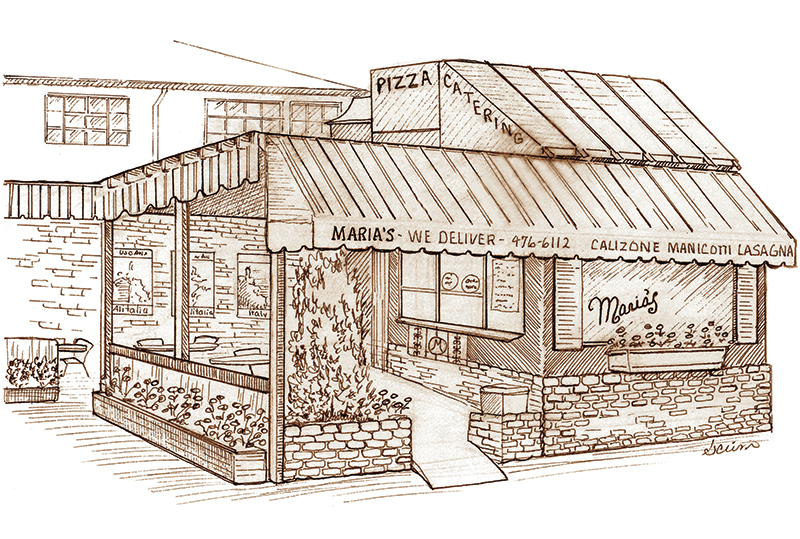
Home Hatched
Why the coop comes before both the chicken and the egg.
-
CategoryPeople
-
Written byKara Mickelson
Illustrated by Christine Georgiades
 Feeling the urban farm frenzy? After assessing your city laws and ordinances, maneuvering the permit process, deciding what type of chickens to get and considering the overall commitment beyond the initial warm-and-fuzzy of raising your own backyard brood, you can focus on the coop of your dreams.
Feeling the urban farm frenzy? After assessing your city laws and ordinances, maneuvering the permit process, deciding what type of chickens to get and considering the overall commitment beyond the initial warm-and-fuzzy of raising your own backyard brood, you can focus on the coop of your dreams.
Size Matters
Happy, healthy chickens need space. While the exact amount of space necessary for chickens is up for discussion and dependent on breed, most experts suggest 4 to 5 square feet per chicken for the coop and 10 square feet for an outdoor run, including needed space for dust baths.
Location
When deciding where to place the coop, consider factors such as city ordinances (some cities have rules regarding the distance from your home or the neighbors). Plan for access to shade and sun, and factor in the seasons. An elevated coop will prevent potential flooding in inclement weather.
Egg-Laying
Create nesting areas with easy access to eggs. You don’t want to crawl in to get the eggs, so add doors or panels that open at the nests. Consider lightweight plastic inserts in natural wood for nesting boxes that can be removed and cleaned with ease. Figure 1 cubic foot per box for up to three hens.
Nighty-Night
You will need to provide a safe environment that keeps out unwanted visitors. Predator-proof (especially for raccoons) latches on doors will keep your flock safer. Opt for hardware cloth versus chicken wire for the best protection.
Breathe Easy
Adequate ventilation is necessary and critical during warm months. Plan for top and side ventilation (windows or screened openings) that can be blocked from the wind. Plan ahead for the change of seasons, and add insulation if needed.
A Place to Roost
Chickens will naturally gravitate to the highest perch to roost. Removable dropping trays underneath roost branches or posts will help with cleaning chicken poop. Also be sure the roosts are higher than the nests to better control the natural direction of the droppings.
Flooring
Should be easy to clean and prevent wood rot. Use wood shavings, wood chips, sawdust or straw.
$$ Scratch
The initial cost will range depending on whether you are raising baby chicks or starting with mature chickens, as they have different housing, equipment, nutritional and maintenance needs. The low-end start-up is about $500.
What the Cluck?
Chickens are a long-term investment. They may live from five to 12 years—or longer—as pets. Keep in mind that chicken sexing is not always accurate. If you’re starting with baby chicks, have a plan in place if you are unexpectedly awoken by a cock-a-doodle-doo.
For inspiration/ideas, check out chicken wrangler Geri Miller on Instagram @thecooksgardenbyhgel











